Integrated Marketing Communication (IMC) can be described as a process used to unify communication efforts in order to deliver a consistent message/image, across different channels, that remains relevant over time to the public . It examines who the target audiences are and how, where and when to communicate in order to engage them. An IMC plan, well designed and tailored to each context, could help ecomuseums to strengthen long-term relationships with their publics (community members, visitors and other stakeholders). This would allow a greater participation in their activities, and also the promotion and safeguarding of their cultural and natural heritage.
The general model of IMC can be divided into four main stages: research, planning, implementation and monitoring/evaluation. The process of implementing an IMC plan can be simplified and adapted to the particular contexts of ecomuseums. It is necessary to take into account the ecomuseum’s available resources (human, financial, material, etc.) and its surrounding environment (political, economic, social and technological). There are several ways to reach each target group: direct contact, website, social media, events, press releases, public relations, advertising, etc. For some ecomuseums, in rural areas with a small and elder population, direct personal contact could be the best approach. For others, in urban areas connected to the digital world, social media could be an advantage.
The aim is to deliver coherent messages, through appropriate channels, in order to reach and engage its audiences. Here we propose steps to develop and implement a tailored IMC strategy by ecomuseums, also indicating some resources to apply this tool.
Research:
Planning:
Implementing:
Monitoring:
The “HERITAGE-PRO” project, funded by the European Union ERASMUS+ Programme (2018 – 2021), developed interdisciplinary training for professionals towards sustainable management and preservation of cultural heritage. One of its training modules, the “Effective Communication in an Interdisciplinary Environment”, cover different communication areas thatmay help ecomuseums’ professionals to implement their communication objectives.
The online learning platform Course Hero, has training modules on IMC that can be helpful in “Determining IMC Objectives and Approach” and “Defining the Message”.
Nunzia Borrelli, Barbara Kazior, Marcelo Murta, Óscar Navajas, Nathalia Pamio, Manuel Parodi-Álvarez, Raul dal Santo, Julio Seoane

This project has been funded with support from the European Commission. The content of this website reflects the views only of the author, and the Commission cannot be held responsible for any use which may be made of the information contained therein.
Except where otherwise noted, content on this site is licensed under a Creative Commons Attribution 4.0 International license.